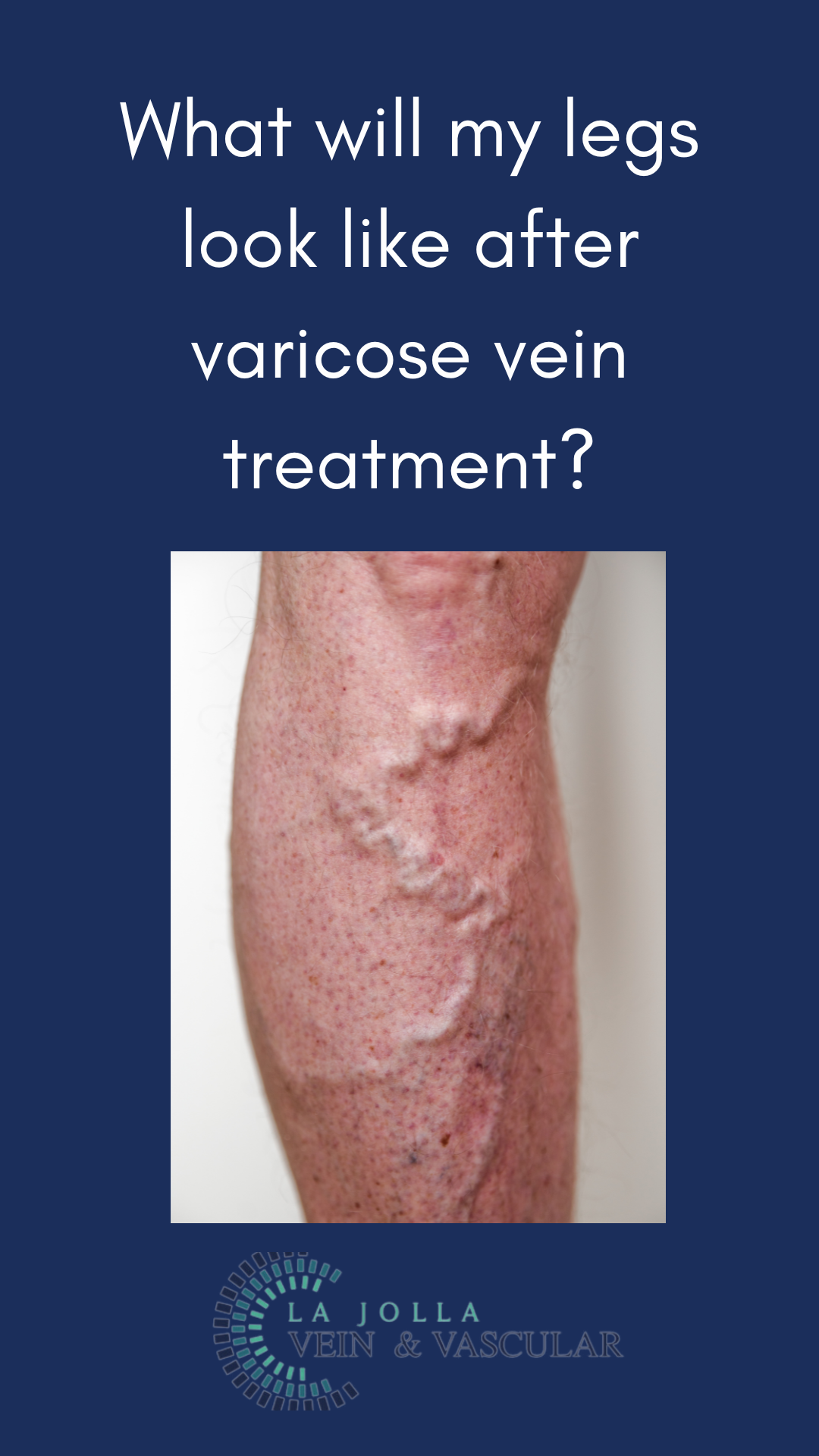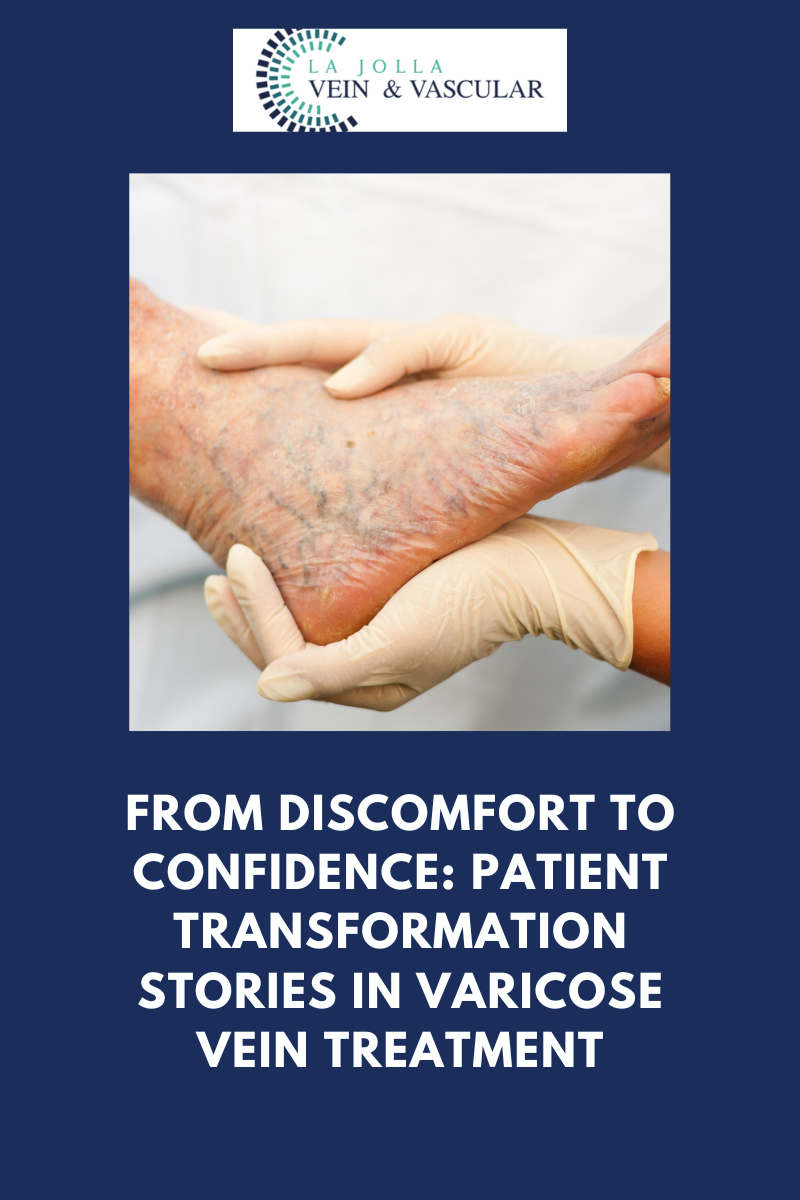What will my legs look like after varicose vein treatment?

Embracing Varicose Veins – Legs Look Like After Varicose Vein Treatment
Varicose veins, those visibly twisted and bulging veins under the skin, often raise concerns among many individuals. Typically appearing in the legs but not exclusive to that area, these veins can provoke discomfort and sometimes pain. This blog post explores the world of varicose veins, offering insights into their nature, causes, and potential treatment avenues.
Understanding Varicose Veins
Varicose veins manifest as swollen, twisted vessels just beneath the skin’s surface. Despite their alarming appearance, they’re a widespread condition. These veins can cause sensations of discomfort, pain, or a sense of heaviness in the legs.
Causes Behind Varicose Veins
The primary instigator of varicose veins is malfunctioning vein valves. These valves regulate blood flow by allowing blood to move towards the heart and preventing it from pooling in the veins. When these valves fail, blood accumulates in the veins, causing them to enlarge. Venous reflux disease, also termed venous stasis, venous insufficiency, or venous incompetence, often underlies this condition.
Deciphering Venous Reflux
Venous reflux denotes the backward flow of blood against gravity due to faulty valves. Normally, calf muscles assist in pumping blood upward, but leaky valves lead to blood pooling in the lower legs, resulting in visible bulging veins at the skin’s surface. Great and small saphenous veins, responsible for returning blood from the legs to the heart, are commonly affected. In over 90% of leg varicose vein cases, these veins are implicated.
Insights from Our Research
A notable study, led by Dr. Nisha Bunke and published in the Journal of Vascular Ultrasound in 2018, scrutinized over 1,000 varicose vein-affected legs. The research highlighted the great and small saphenous veins as primary contributors to varicose veins. Specifically, the Great Saphenous Vein (GSV) traversing the thigh and calf’s middle and the Small Saphenous Vein (SSV) along the calf’s back were frequently involved.
Available Treatments
Fortunately, treatment options exist to alleviate discomfort and enhance the appearance of varicose veins. Minimally invasive procedures like laser ablation, radiofrequency ablation, and sclerotherapy have shown efficacy in treating varicose veins.
Visual Proof: Patient Transformations

The outcomes of varicose vein treatment can be astounding. Many individuals witness substantial improvements in both vein appearance and associated symptoms. Before-and-after images stand as testimony to the positive impact proper treatment can have on vascular health and overall well-being.
While varicose veins are commonplace, understanding their causes and available treatments empowers individuals to manage their vascular health. With modern medical techniques, those grappling with varicose veins can find relief and witness a considerable improvement in their quality of life. Whether comprehending the role of faulty vein valves, exploring venous reflux intricacies, or considering diverse treatment approaches, education and awareness pave the path to healthier veins.
“Bringing Experts Together for Unparalleled Vein and Vascular Care”
La Jolla Vein & Vascular (formerly La Jolla Vein Care) is committed to bringing experts together for unparalleled vein and vascular care.
Nisha Bunke, MD, Sarah Lucas, MD, and Amanda Steinberger, MD are specialists who combine their experience and expertise to offer world-class vascular care.
Our accredited center is also a nationally known teaching site and center of excellence.
For more information on treatments and to book a consultation, please give our office a call at 858-550-0330.
For a deeper dive into vein and vascular care, please check out our Youtube Channel at this link, and our website https://ljvascular.com
For more information on varicose veins and eliminating underlying venous insufficiency,
Please follow our social media Instagram Profile for more fun videos and educational information.
For more blogs and educational content, please check out our clinic’s blog posts!





